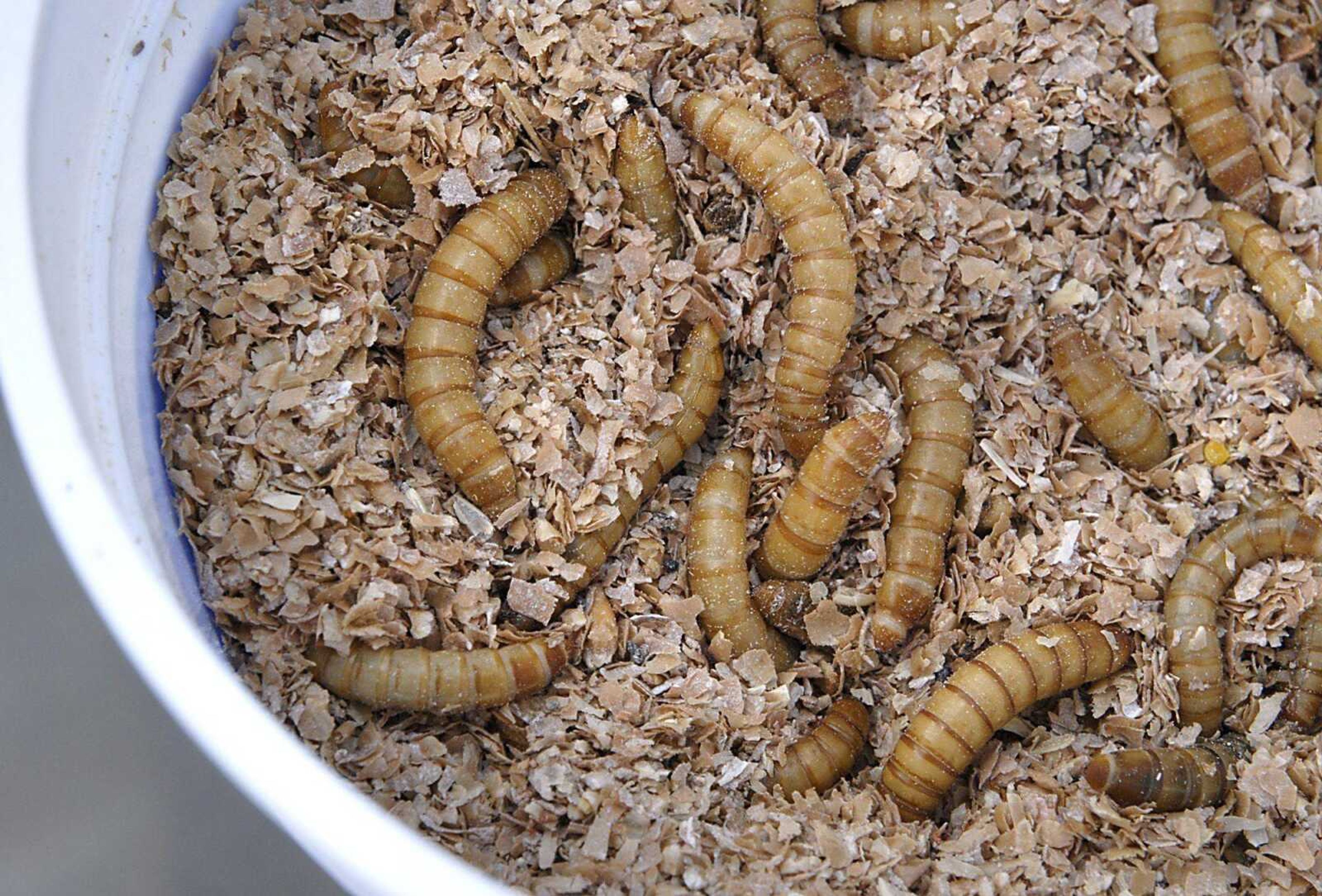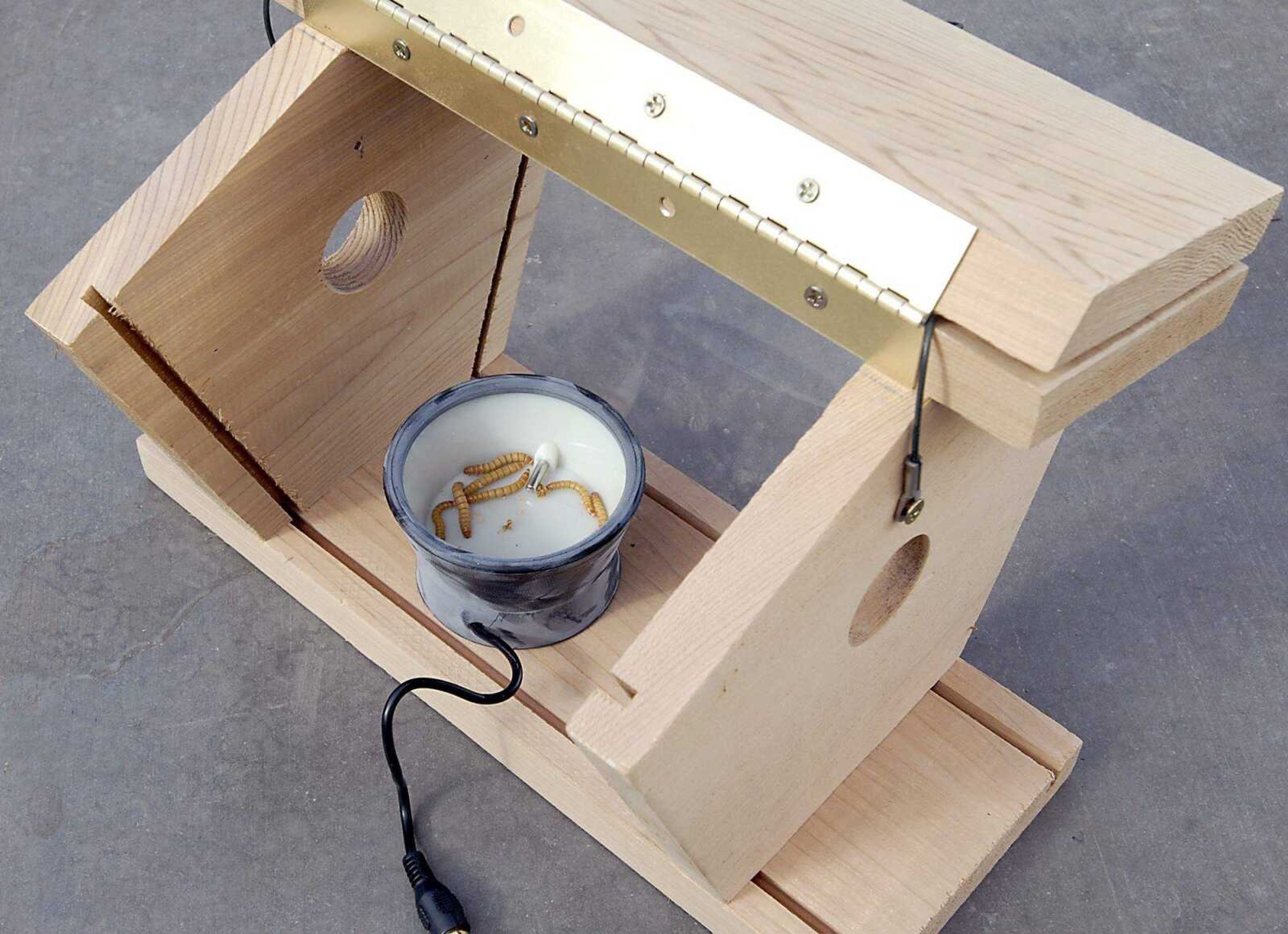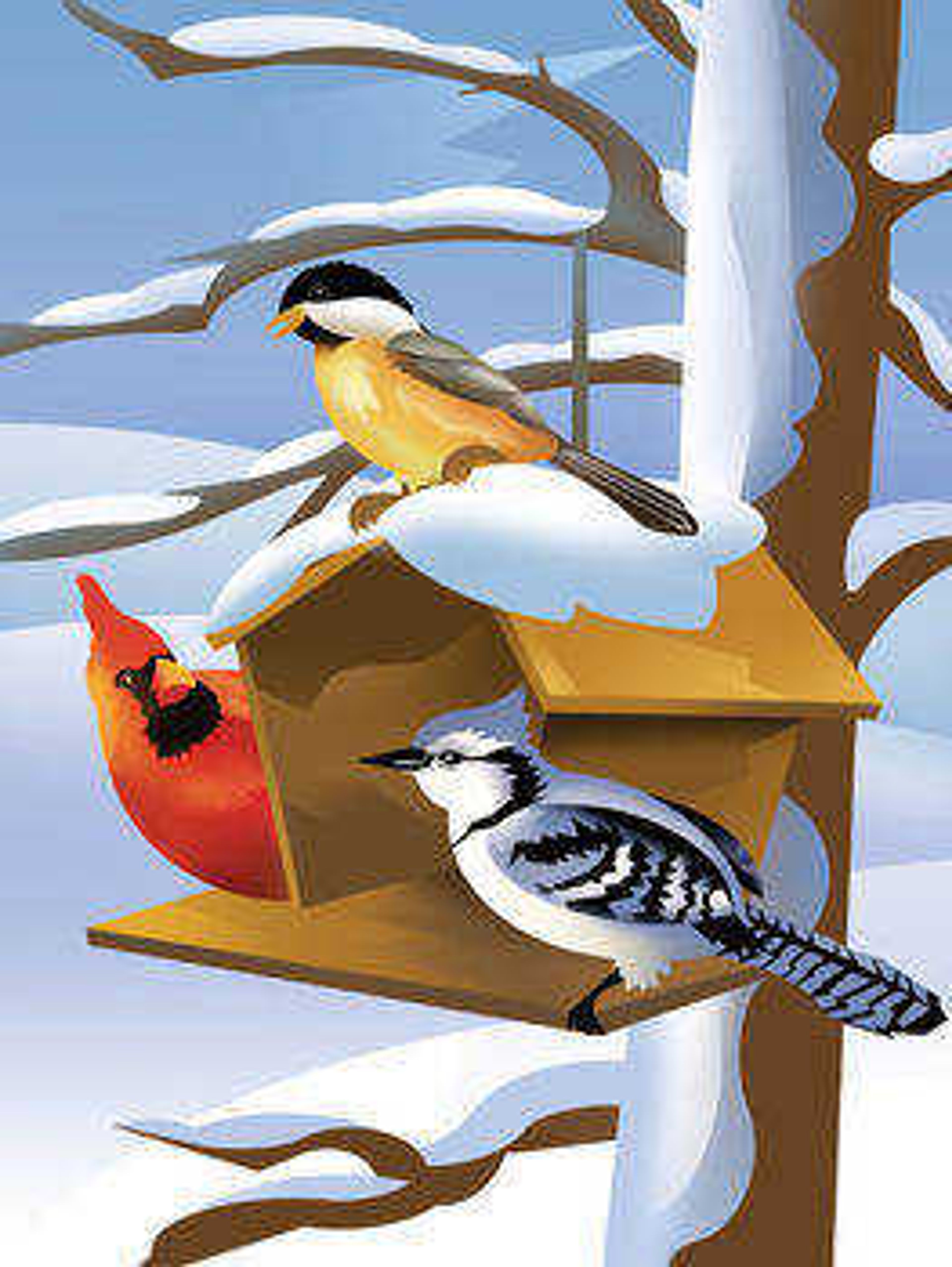Bird food buffet
I like to look through catalogs for gardening and birding hobbyists to see if there are any new products on the market. "Why didn't I think of that?" is the thought that usually goes through my mind when I find something new. While perusing a catalog from a birding wholesaler, I found a new product that I would never have thought of in a million years: a mealworm warmer. ...
I like to look through catalogs for gardening and birding hobbyists to see if there are any new products on the market. "Why didn't I think of that?" is the thought that usually goes through my mind when I find something new.
While perusing a catalog from a birding wholesaler, I found a new product that I would never have thought of in a million years: a mealworm warmer. This device looks like a miniature crock pot. You place the warmer in your bluebird feeder, plug it in to 110 AC, and fill it with mealworms. Now your bluebirds can dine on fresh, warm mealworms all winter long.
As with all new products on the market, it was developed because someone perceived a need and found no product to take care of that need. Under the catalog description of the mealworm warmer, mention was made of the freeze that we experienced here in Southeast Missouri late last spring. The late cold temperatures froze flowers on many trees and shrubs that grow in our area. Consequently, without flowers, the normal quantity of seeds and berries -- the winter diet for the normally insect-eating bluebird -- is not available for consumption this winter.

After thinking about the mealworm warmer, I began to realize that most birds in our area may need some help this winter. I have looked at landscapes throughout the area and around my home and have not found a lot of seeds, berries, acorns or nuts. Therefore, I think it would be a good idea to help out our feathered friends this winter.
If you want to help out the neighborhood birds but don't know where to start, keep it simple. Purchase a bird feeder that has large seed openings. It doesn't matter whether the feeder is wood or plastic, or whether the feeder is one that hangs or is mounted on a post. Just place the feeder in your landscape where you can see it from inside your home, and fill it with black oil sunflower seed. This feed will attract more species of birds than any other on the market.
The sunflower seed hulls do create quite a mess, especially if the feeder is on a deck or on a patio. You can get around this problem by purchasing sunflower hearts. This feed creates no waste and no mess.

If you want to expand your bird-feeding menu, add a thistle feeder for your buffet. Fill it with nyjer seed and watch the goldfinches swarm to it. You'll be thrilled by the yellow and red colors that swoop into your landscape and then out again.
You can also expand your menu offering by adding a suet feeder or peanut feeder. Suet and peanuts are favorites of the woodpecker.
I have mentioned just the basic kinds of feeders and bird feed. There are many variations that include squirrel-proof feeders, hanging feeders, ground feeders and post-mounted feeders. All of these feeders can be used for seed mixes, no waste mixes, safflower seed and different kinds of suet.
If you really want to get into bird feeding, go to your local lawn and garden store and ask them to help you make some choices. Take home the feeder and feed and place them in your landscape where you have good view from your kitchen window or your favorite easy chair. Then go inside and place a bird field guide and binoculars close to your vantage point. You will help the birds get through the winter and be rewarded by an unequaled aerial show.
Send your gardening and landscape questions to Paul Schnare at P.O. Box 699, Cape Gir-ardeau, Mo. 63702-0699 or by e-mail to news@semissourian.com.<I>
Connect with the Southeast Missourian Newsroom:
For corrections to this story or other insights for the editor, click here. To submit a letter to the editor, click here. To learn about the Southeast Missourian’s AI Policy, click here.










